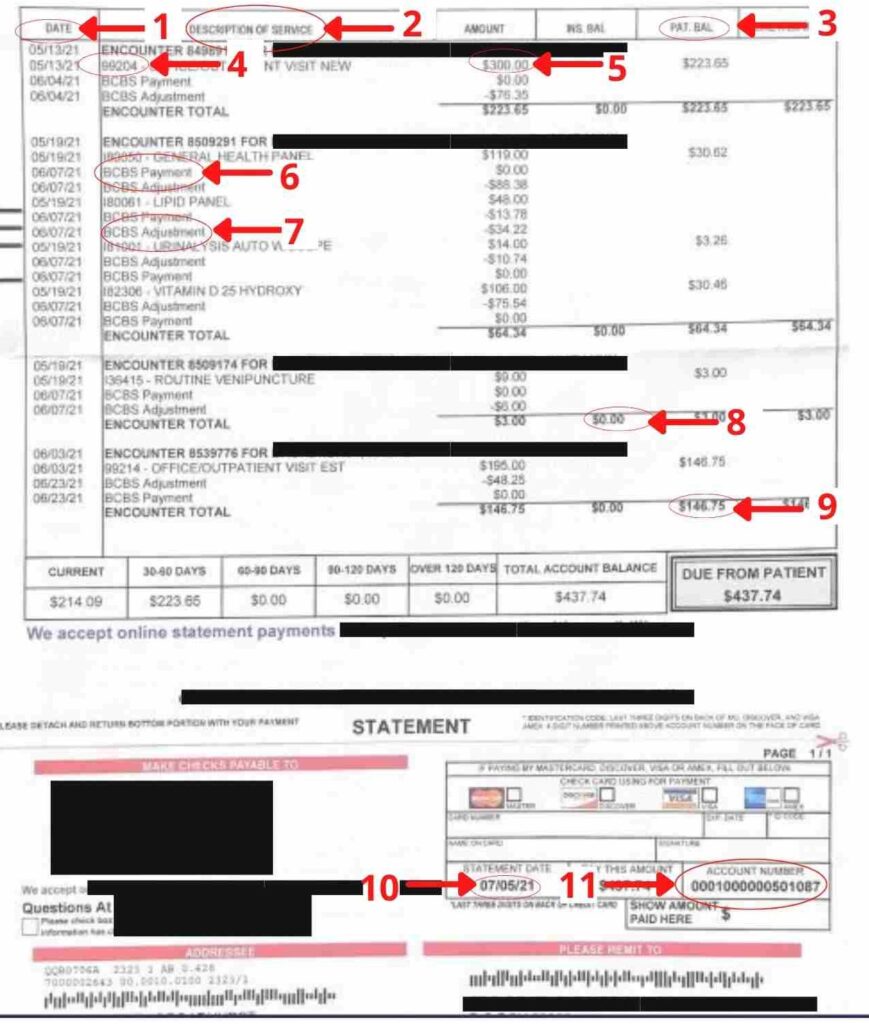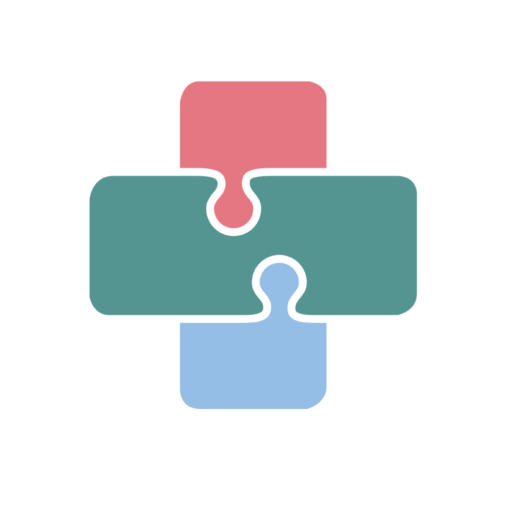In Is it REALLY a Bill? We reviewed the process used to make sure you only pay what you actually owe. In this article we are doing deep dive into reading your medical bill. We will talk about insurance explanations of benefits in another article.
When to Expect Your Bill:
Receiving your medical bill can vary depending on the billing process of the office/hospital you visit. In this paragraph, I’m going to talk about when to expect to receive medical bills. Receiving your medical bill can vary depending on the billing process of the office/hospital you visit. Because receiving your medical bill can vary, I expect my medical bills to start arriving somewhere between 30-45 days after receiving services. This allows time for claim processing and insurance payment. If I receive a bill before it has been processed and paid by my insurance, I contact the office and ask for an account hold. This prevents the account from going into collections while I finish my review process. As a result, let’s assume the bill was received approximately 30-45 days after receiving services.
Example Medical Bill:
Because medical bills can be confusing, I included an example. For instance, below is a typical medical bill containing detailed descriptions of each component. Remember, this is NOT the explanation of benefits. This is the bill from the doctor/clinic/hospital where you received services.

Components of a Medical Bill:
In the above example, the standard items are listed below:
- Date of Service – date of medical service
- Description of Service – description of the medical service
- Patient Balance – balance due from you/patient
- CPT Code – current procedural terminology (CPT) code
- Amount – total amount charged
- BCBS Payment – amount paid by insurance (BCBS)
- BCBS Adjustment – discount amount negotiated by insurance (BCBS)
- Insurance Amount – amount due from insurance
- Patient Balance – balance due from you/patient
- Statement Date – date of statement
- Account Number – unique account identifier
Item of Interest:
If your bill does not include CPT codes, contact the office and ask for an account hold. This prevents the account from going into collections while I finish my review process. Because this bill contains the Current Procedure Terminology (CPT) codes I didn’t need to contact the doctor’s office.
In Conclusion:
Knowing how to read your medical bill is the first step in only paying what you owe. If this article was helpful, check out What are Surprise Medical Bills and How to Avoid Them.
Don’t forget to pick up the Medical Bill Checklist I use to review my own medical bills!
If you find yourself needing more assistance, please reach out to me directly at [email protected]


